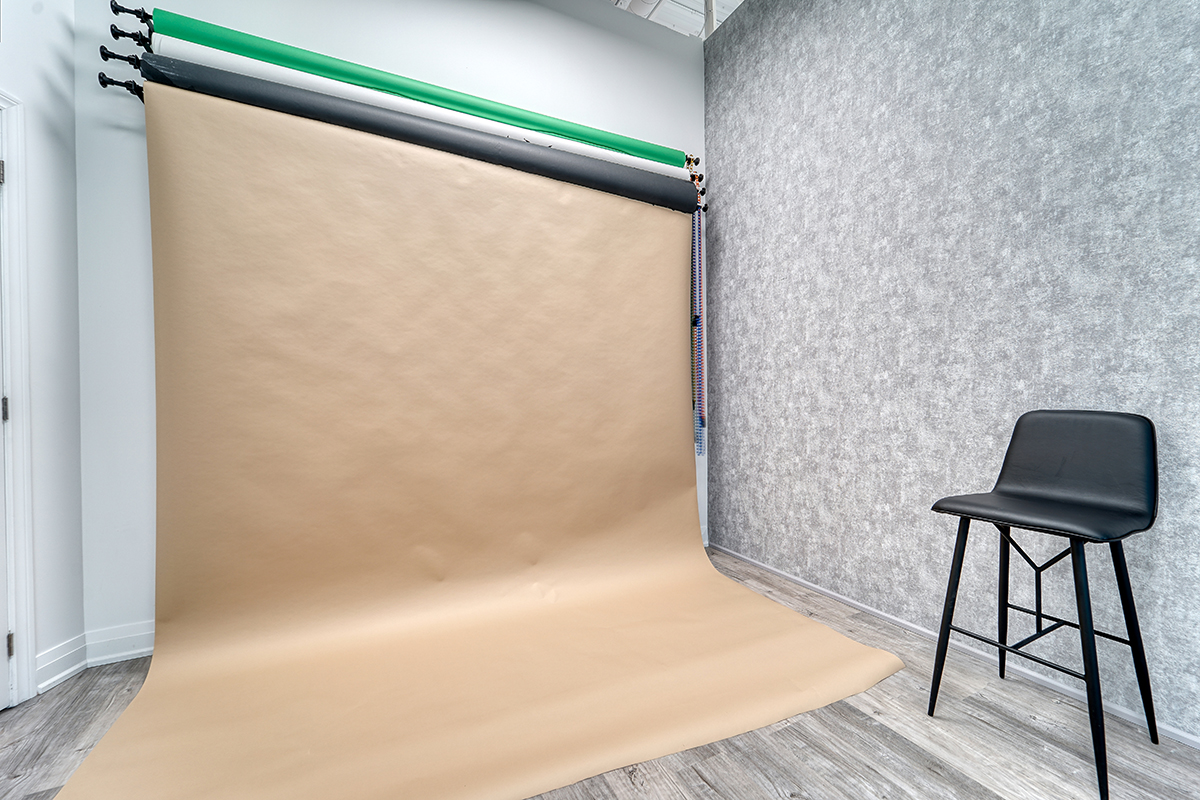A backdrop is a piece of cloth or other material hung at the back of a stage set or along the back wall of a studio to provide a decorative background or to disguise the real wall.
If you’re a photographer, chances are you’ve used a backdrop at some point. Backdrops are a great way to add interest to your photos and can be used in various settings.
How to Use Backdrops in Photography
Here are some tips on how to use backdrops in photography:
- Choose the Right Backdrop
The first step is to choose a backdrop that will complement your subject matter. For example, if you’re photographing a person, you’ll want to choose a backdrop that isn’t too busy or distracting. A plain white or black backdrop is always a good choice, or you can try a neutral-coloured fabric.
- Hang the Backdrop
Once you’ve chosen your backdrop, it’s time to hang it up. Using a cloth backdrop, you can simply tape it to the wall. If you’re using a paper backdrop, you’ll need to use backdrop clips or stands to keep it in place.
- Light the Backdrop
Once your backdrop is in place, you’ll need to light it. If you’re using a white or light-coloured backdrop, you’ll need a diffuser to soften the light. On the other hand, if you’re using a dark-coloured backdrop, you may need a reflector to brighten it up.
- Position Your Subject
Once your backdrop is lit, you can position your subject in front of it. For example, if you’re taking a portrait, you’ll want your subject to stand or sit in the center of the frame.
- Take Your Photos
You’re ready to take your photos now that your subject is in place. You can experiment with different settings using a digital camera to get the perfect shot. If you’re using a film camera, you’ll need to be careful not to overexpose the film.
Backdrops are a great way to add interest and variety to your photos. With a bit of planning, you can use backdrops to create stunning images.
Types of Backdrops in Photography
Many different types of backdrops can be used in photography. Each type has its unique look and feel and can help to create a certain mood or atmosphere in your photos. Here are some of the most popular types of backdrops used in photography:
- White Backdrop
A white backdrop is often used in product photography or for portrait sessions. It helps to create a clean and simple look and makes colours pop.
- Black Backdrop
A black backdrop is the opposite of a white backdrop. It can help to create a more dramatic look and makes the light stand out.
- Green Screen Backdrop
A green screen backdrop is often used in video production. It allows you to superimpose images or video onto the backdrop, which can be used to create special effects.
- Seamless Backdrop
A seamless backdrop is a type of backdrop that doesn’t have any seams or wrinkles. That makes it ideal for use in photography, as it ensures that there won’t be any distracting lines or wrinkles in your photos.
- Textured Backdrop
A textured backdrop can add interest and depth to your photos. There are many different types of textures that you can use, such as fabric, paper, or even sand.
- Patterned Backdrop
A patterned backdrop can be a great way to add visual interest to your photos. There are many different patterns to choose from, such as polka dots, stripes, or even floral designs.
Conclusion
Backdrops are a great way to improve the look of your photos. Using a backdrop, you can instantly change the feel of your photos. They can add depth and dimension to your photos and make them look more professional. If you’re looking for a way to upgrade your photos, consider using a backdrop. With some planning and creativity, you can transform any space into a stunning backdrop for your photos.
Should you need a photography studio in Markham with many backdrops to choose from, The Glasshouse Studios will always be ready to welcome you. We strive to create a space where you can feel comfortable expressing yourself and be supported and encouraged to achieve your fullest potential. Book a studio today!

